ChatGPT Tutorial Harnessing the Power of Conversational AI
Introduction
Conversational AI models like ChatGPT have revolutionized the way we interact with and utilize artificial intelligence. These models are designed to engage in dynamic and meaningful conversations, providing answers, generating text, and assisting with various tasks. In this tutorial, we will guide you through the basics of using ChatGPT effectively, from getting started to maximizing its potential.
Part 1: Getting Started
1.1 Accessing ChatGPT
ChatGPT is accessible through various platforms and interfaces, including OpenAI's website, third-party applications, and API integration. To get started, decide which access point suits your needs the best. You can find official interfaces and third-party apps on the app stores or directly on the web.
1.2 Register or Log In
If required, register for an account or log in to the platform you've chosen to access ChatGPT. This may be necessary to personalize your interactions and save your conversations.
Part 2: Understanding ChatGPT Parameters
Before you dive into conversations, it's essential to understand the key parameters that influence ChatGPT's responses:
2.1 Temperature
The "temperature" parameter controls the randomness of responses. A higher value, like 0.8, makes the responses more creative but less focused, while a lower value, such as 0.2, produces more deterministic and coherent answers.
2.2 Max Tokens
"Max tokens" limits the response length. Setting this parameter to a specific number ensures the answer won't be overly long. Experiment with different values to fine-tune the response length.
Part 3: Constructing Effective Prompts
The success of your interaction with ChatGPT largely depends on the quality of your prompts. Here's how to create effective ones:
3.1 Be Specific
Clearly specify what you're looking for in your prompt. The more specific your question or instruction, the more accurate the response.
3.2 Context Matters
Provide context for your questions. ChatGPT performs better when it understands the situation or the background of your inquiry.
3.3 Avoid Yes/No Questions
Open-ended questions generally lead to more informative and detailed responses. Instead of asking, "Is it raining today?" you can ask, "Can you tell me about today's weather?"
Part 4: Conversational Flow
ChatGPT excels in dynamic conversations. You can use a system message to set the context, and then follow up with questions or additional context within the conversation. Here's how to create an effective conversation:
4.1 Start with a System Message
Initiate the conversation with a system message that sets the context. For example, you can start with "You are a history expert."
4.2 Use Follow-up Questions
Ask follow-up questions within the conversation to refine the information or responses as needed. This helps ChatGPT understand the context and provide more accurate answers.
Part 5: Fact-Checking and Responsibility
While ChatGPT is a valuable tool, it's crucial to remember that it may not always provide perfectly accurate information. Always fact-check the responses, especially for critical or fact-based content. Use ChatGPT responsibly and adhere to ethical guidelines set by the platform.
Part 6: Experiment and Learn
Using ChatGPT effectively might require some experimentation and learning. Don't hesitate to iterate your questions, adjust parameters, and explore various use cases. The more you use ChatGPT, the better you'll become at harnessing its capabilities.
Conclusion
ChatGPT is a powerful conversational AI tool that can assist you in various tasks. By understanding its parameters, crafting effective prompts, and engaging in dynamic conversations, you can make the most of this technology. Always use ChatGPT responsibly and continue learning to unlock its full potential.








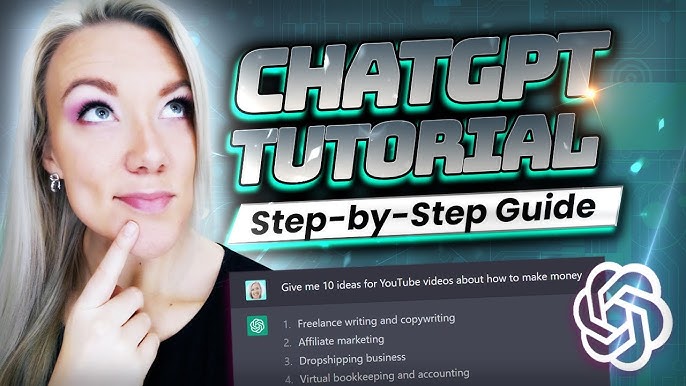










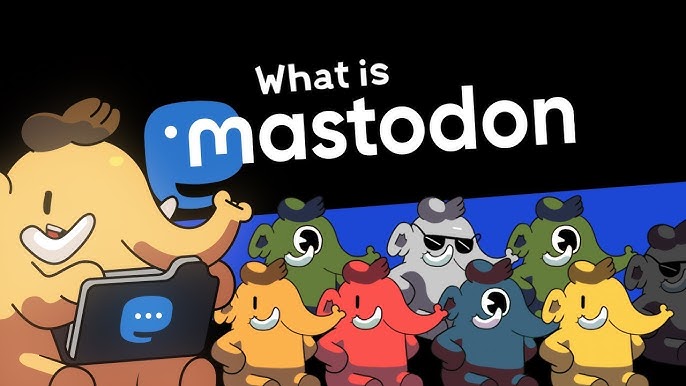








































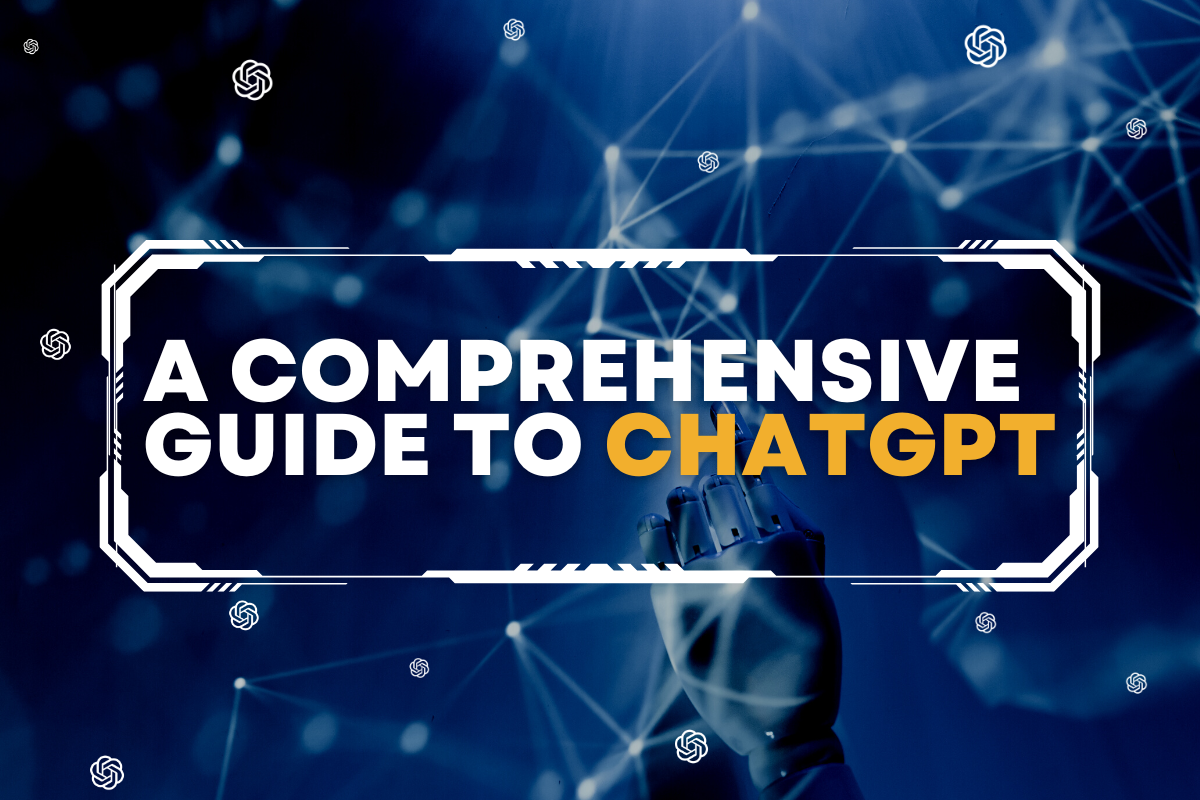
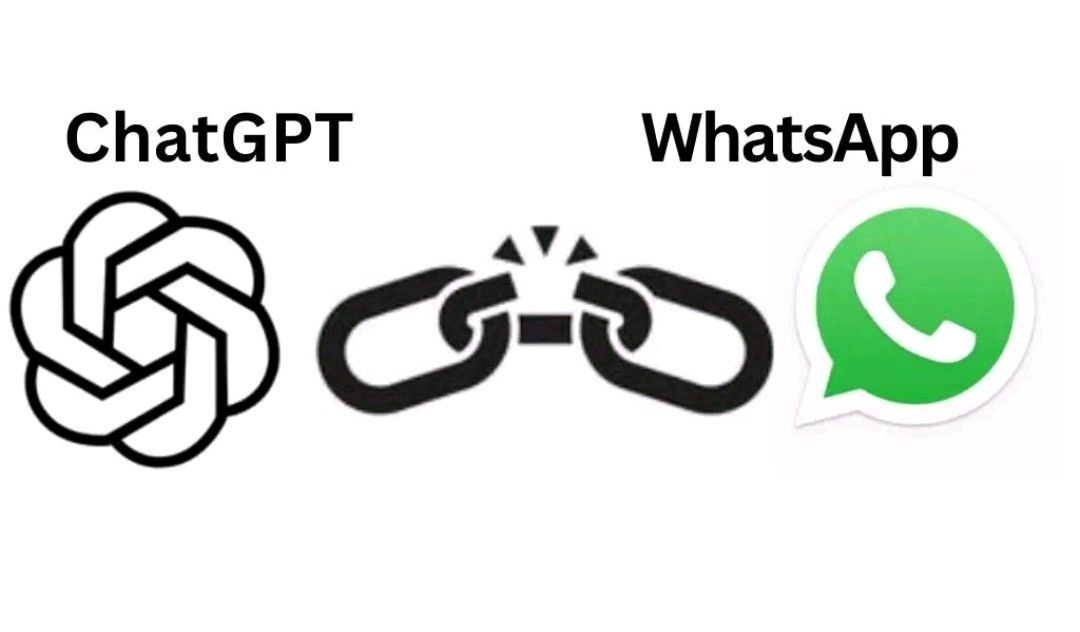
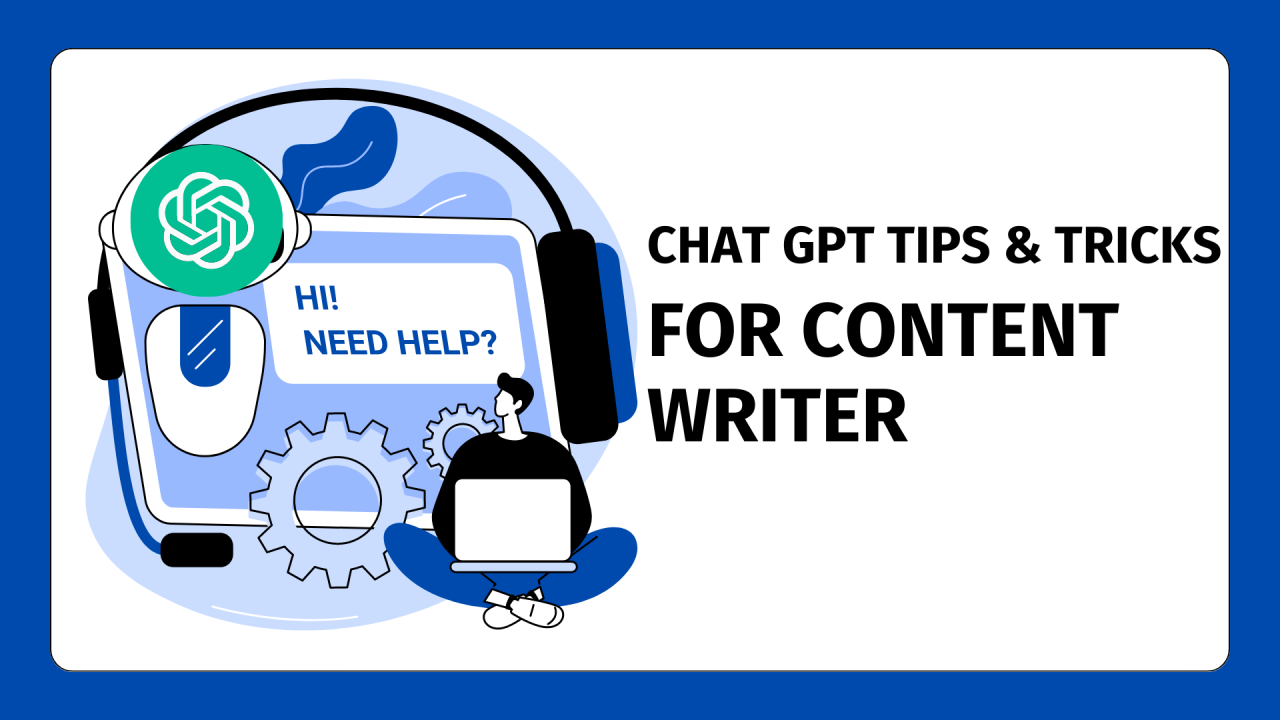

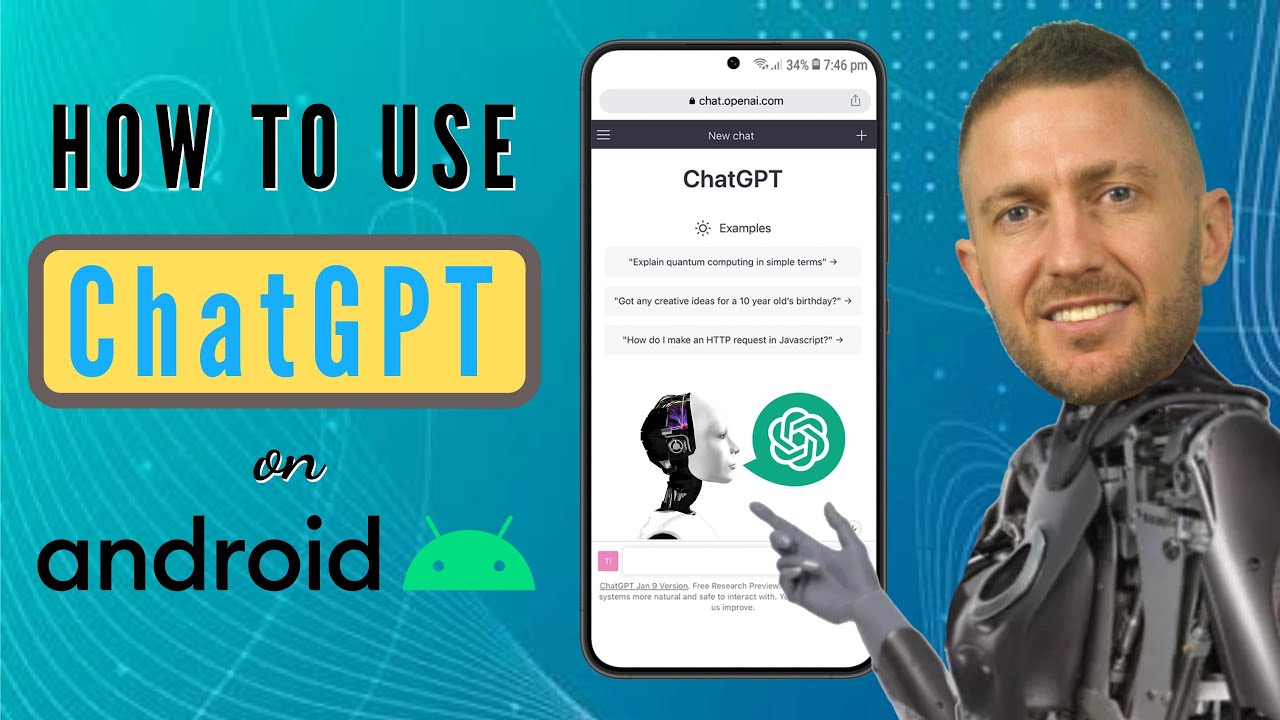

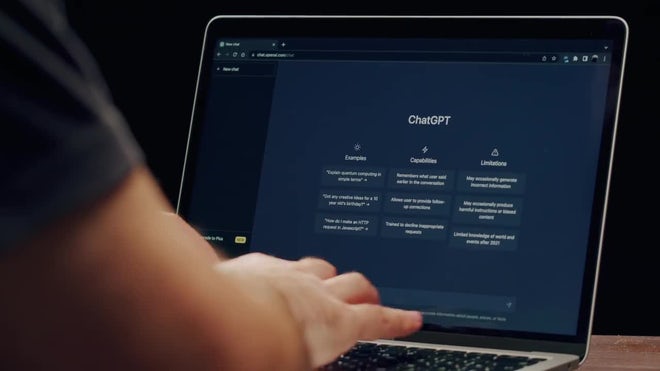
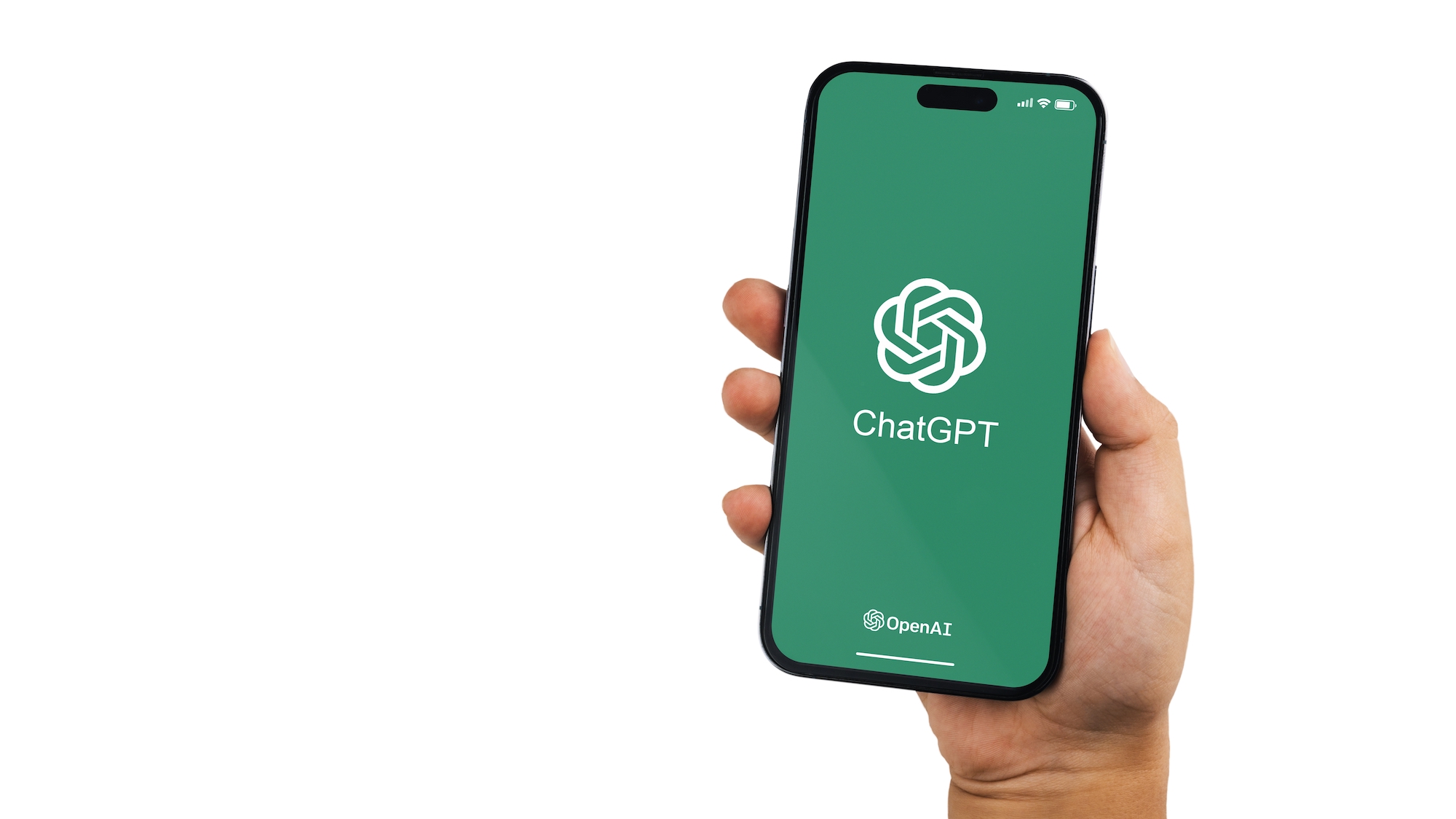
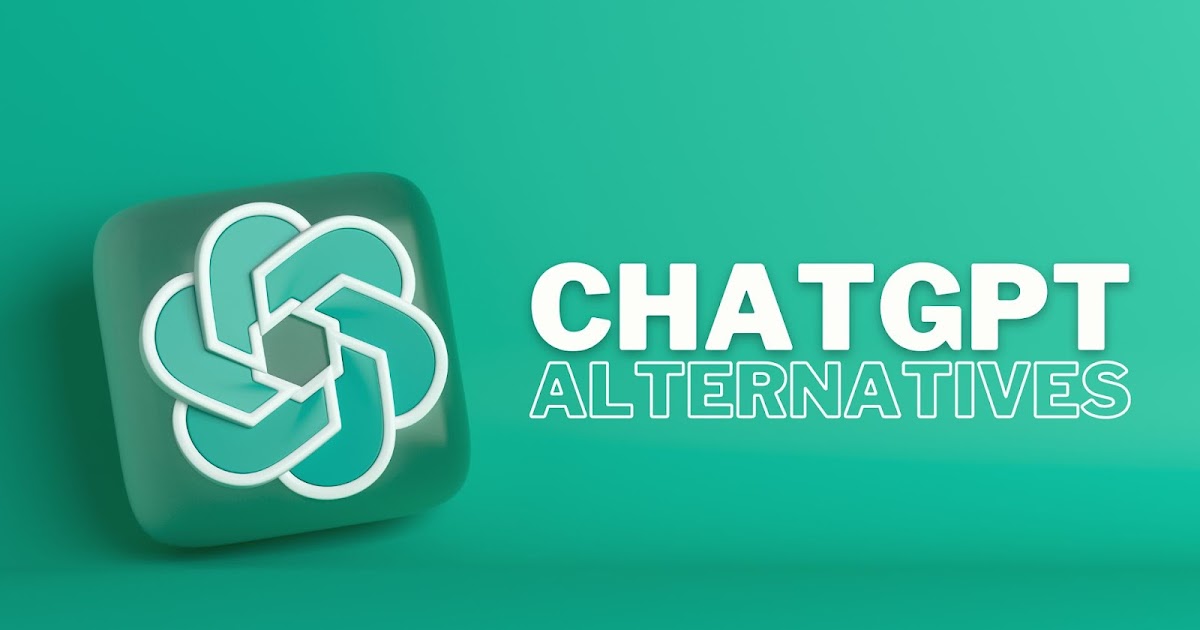





.jpg)



